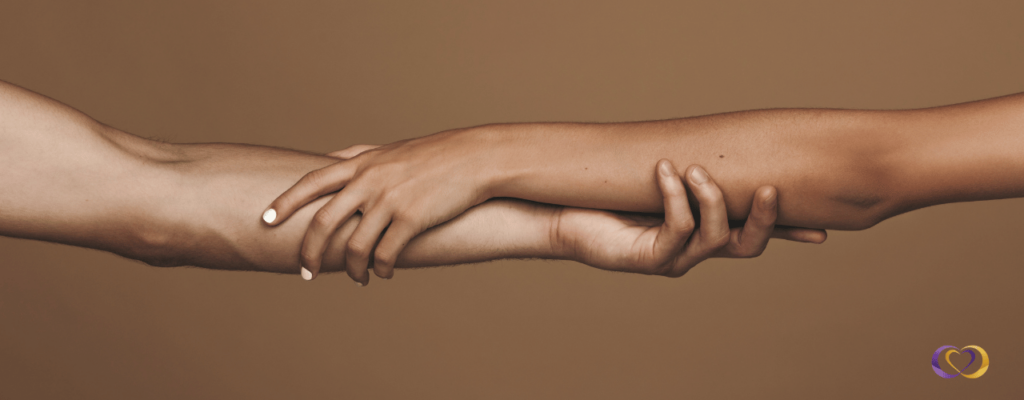Attached – for better or worse

According to search analytics, one of our most popular blog posts explores attachment styles in marriage. That’s because our attachment style profoundly impacts the way we relate to each other.
Incorporating insights from neuroplasticity, genetics and parental nurturing experiences, Attachment Theory illuminates underlying causes of disruptive relationship behaviours in marriage.
It posits that the kind of relationship we experience from our parents (or other primary caregivers) in infancy, predisposes us to an attachment style as an adult. In a complex interaction of both biology and environment, these early interactions influence our brain development and neurological wiring as infants.
Securely bonded
The human infant is hardwired to form attachment bonds. We are dependent on caregivers not only for our physical needs but also for psycho-emotional needs such as affection, stimulation, and the soothing of distress.
When these needs are met in a reliable and timely manner, we develop a ‘secure’ attachment style. Our caregiver provides a ‘secure base’ from which we explore the world and is a ‘safe refuge’ in unfamiliar settings or in the presence of strangers.
As we mature, we become more adept at self-soothing and managing our needs. A Secure Attachment style provides us with a solid foundation for the formation of healthy adult bonds.
We are capable of appropriate interdependence in our marriage: confident of our self-worth and responsive and empathetic towards our spouse. We can tolerate solitude and are emotionally resilient in times of stress or tension.
Attachment wounds
However, if our infant needs are not met in a consistent and reliable manner, we are at risk of developing an Insecure Attachment style. This is a self-protective adaptation to deal with the absence (or unreliability) of a secure base and safe refuge.
Insecure Attachment Styles have three categories.
Anxious: As a child this is expressed as being needy and demanding, manifesting high distress in new environments and when separated from our parent. Insecure Anxious adults may have low self-worth, a deep fear of rejection and solitude, and seek constant reassurance of their spouse’s affection. Inclined to co-dependency, research suggests an estimated 20 per cent of the population is in this attachment category.
Avoidant: As a child this is expressed as independence and distrust of others. Insecure Avoidant adults may be dismissive towards others, resisting intimacy in favour of protecting our autonomy. Affecting around 25 per cent of the population, the Insecure Avoidant adult appears to have low empathy and seems distant and cold to their spouse.
Disorganised: This is expressed in children as oscillating between anxious and avoidant behaviours. Observed in 3-5 per cent of the population, adults with this attachment style tend to have chaotic relationships which are under constant stress due to inconsistent reactions.
For better … and better
Attachment theory is best understood as being on a spectrum, with the signature behaviours operating to different degrees in dynamic reaction to the other. The expression of our attachment style will be responsive to the attachment behaviours of our spouse.
Like a temperament, attachment styles tend to persist throughout life, but should not be considered immutable. The principles of neuroplasticity have demonstrated that with the appropriate support, our problematic behaviour patterns can be re-wired.
An intentional marriage that is loving and affirming, is a powerful way to heal the wounds of insecure attachment. It’s one of the great graces of marriage as we grow in attachment to each other by providing consistent and responsive care.
The dominant attachment style that arises from our childhood experiences has a profound influence on our marriage and parenting. We owe it to ourselves, our children and indeed our grandchildren, to never give up on seeking to be better for each other and for them.




